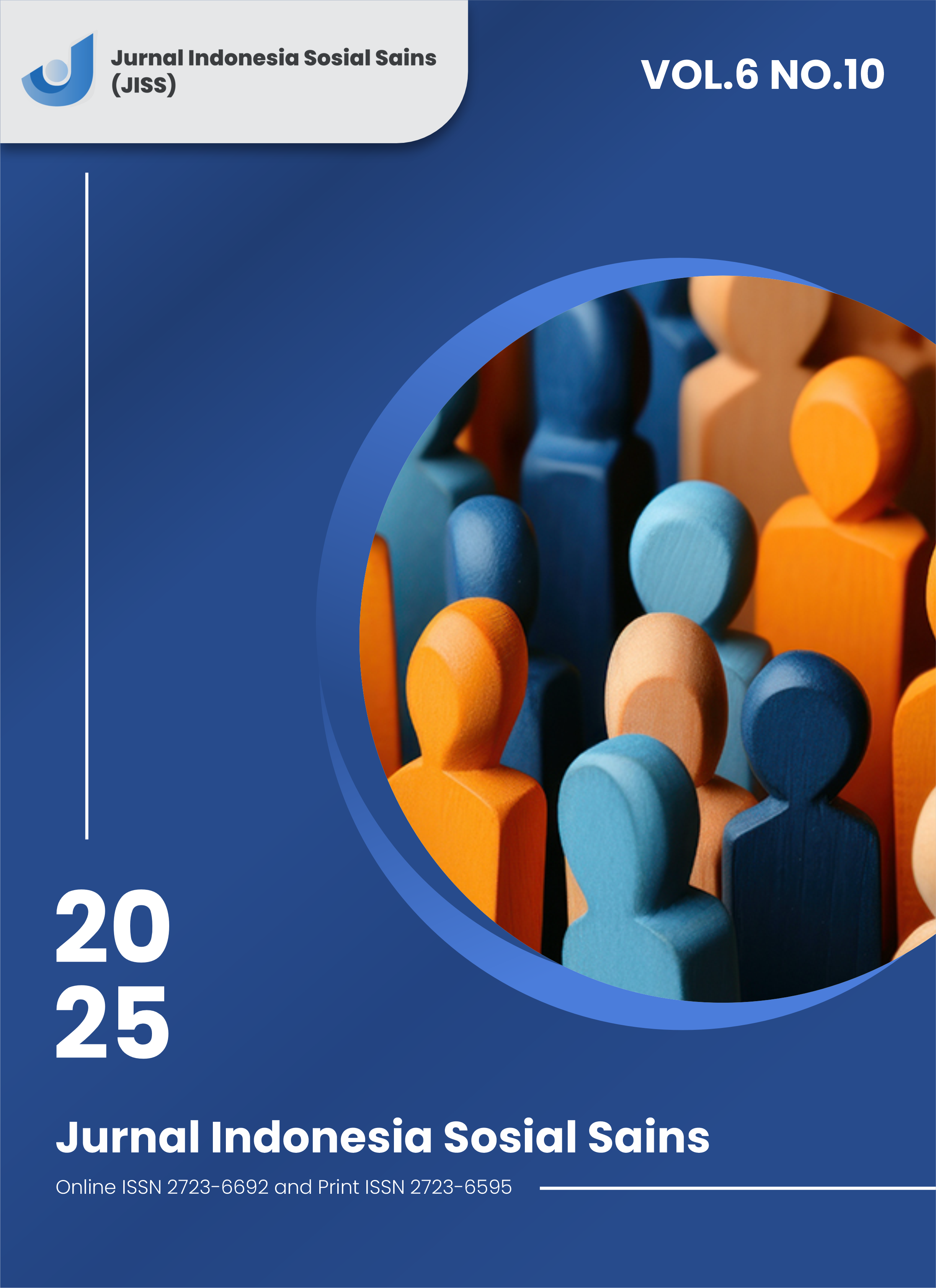Strengthening Strategies For Preventing Drug Abuse In Adolescents And Youth: A Holistic And Comprehensive Approach Based On Social Environment Interventions
DOI:
https://doi.org/10.59141/jiss.v6i10.2044Keywords:
drug abuse, adolescent, youth, risky behavior, self-regulation, Multi-level social ecologyAbstract
The stagnation of the prevalence of drug abuse among adolescents and youth in Indonesia is a strategic issue that deserves serious attention, especially in the midst of the momentum of the demographic bonus towards a Golden Indonesia 2045. This phenomenon has the potential to have multidimensional impacts, ranging from a decrease in the quality of human resources, a decrease in productivity, to an inhibition of national competitiveness. The analysis shows that the main problem lies in the high risk behaviors among adolescents and youth—such as smoking, alcohol consumption, and nighttime activities—which are rooted in weak self-regulation skills due to a lack of social environmental support. This condition creates a recurrent vulnerability that maintains a stagnation in the prevalence of drug abuse in this age group. Meanwhile, policy support has been available through various instruments, such as the P4GN National Action Plan, Guidance and Counseling services in schools, Youth Care Health Services (PKPR), and the Generation Planning (GenRe) program. However, the effectiveness of the program is still limited because it has not touched the root of vulnerability thoroughly; Preventive interventions for adolescents and youth are fragmented and poorly coordinated, so the impact is not optimal. Therefore, this paper was prepared with the aim of formulating comprehensive and holistic prevention policy recommendations, based on a multi-level approach of social ecology, to significantly reduce the prevalence of drug abuse in adolescents and youth and build the foundation of sustainable prevention.
Downloads
Published
How to Cite
Issue
Section
License
Copyright (c) 2025 Hidayat Adi Muhammad

This work is licensed under a Creative Commons Attribution-ShareAlike 4.0 International License.
Authors who publish with this journal agree to the following terms:
- Authors retain copyright and grant the journal right of first publication with the work simultaneously licensed under a Creative Commons Attribution-ShareAlike 4.0 International. that allows others to share the work with an acknowledgement of the work's authorship and initial publication in this journal.
- Authors are able to enter into separate, additional contractual arrangements for the non-exclusive distribution of the journal's published version of the work (e.g., post it to an institutional repository or publish it in a book), with an acknowledgement of its initial publication in this journal.
- Authors are permitted and encouraged to post their work online (e.g., in institutional repositories or on their website) prior to and during the submission process, as it can lead to productive exchanges, as well as earlier and greater citation of published work.












